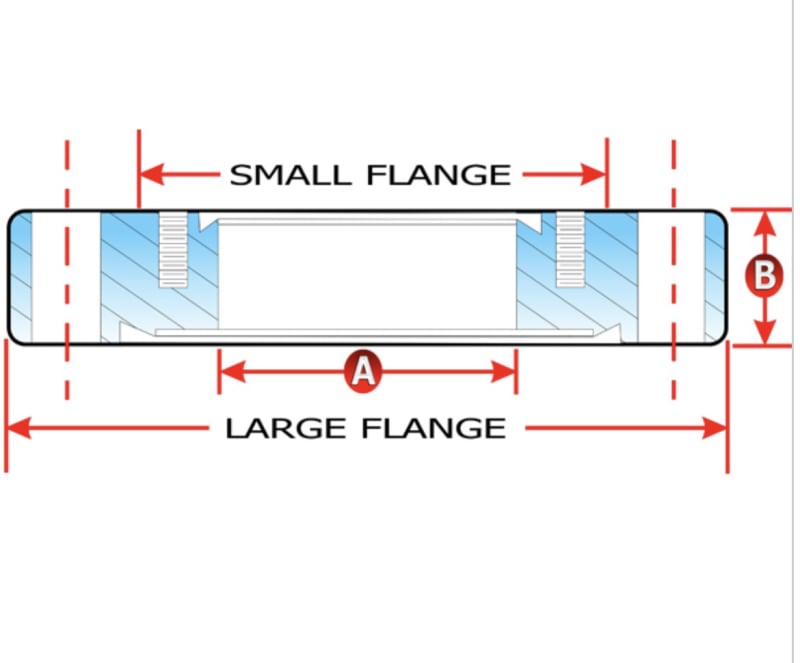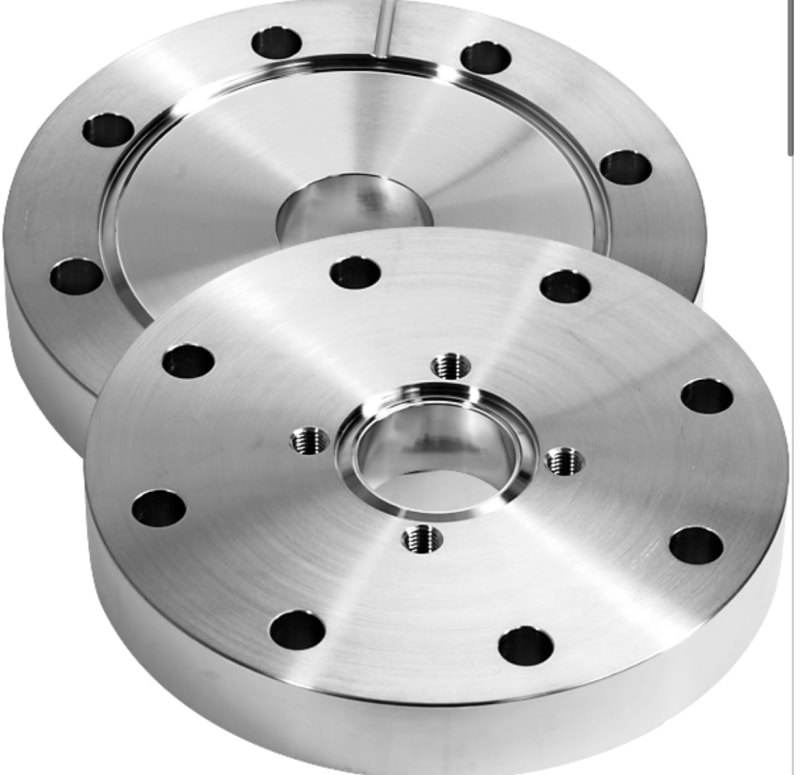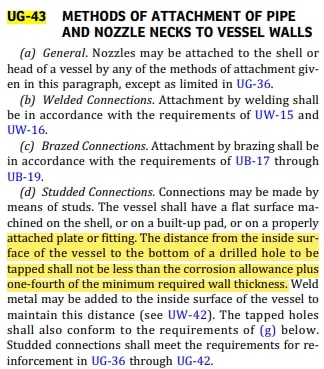Serpent_Timber
Mechanical
- Jul 10, 2024
- 3
I’ve got a flat head flange that I did the calcs on following UG-34. It’s got a through hole in the middle which follows UG-36 requirements for size to not need support. This flange will have a junction box attached on the dry side of it to support cabling. As such, there are some tapped screw holes on the flange. They do not go through the entire flange thickness. I don’t see this called out in the BPVC so am unsure how to incorporate them into calcs.
This flange has passed hydrostatic testing already and they’ve had a previous flange very similar where the analysis simply stated “not subject to loading”. Team is having disagreements on if this is sufficient and if we can justify it by referencing the BPVC somewhere.
This flange has passed hydrostatic testing already and they’ve had a previous flange very similar where the analysis simply stated “not subject to loading”. Team is having disagreements on if this is sufficient and if we can justify it by referencing the BPVC somewhere.



